
Top Blockchain Use Cases in 2024

Blockchain technology has emerged as a game-changer across various industries, providing solutions that enhance efficiency, security, and transparency.
In this article, we will explore blockchain technology's most promising use cases and how it is revolutionizing industries worldwide.
What is Blockchain?
At its essence, blockchain is a decentralized digital ledger designed to store various forms of data. It can document details related to cryptocurrency transactions, NFT ownership, and DeFi smart contracts.
Although conventional databases can also store such information, blockchain stands out due to its decentralization. Unlike traditional databases maintained in a central location, such as an Excel spreadsheet or a bank database, blockchain databases exist as numerous identical copies held on multiple computers distributed across a network. These individual computers are known as nodes.
How Does Blockchain Work?
Blockchain is a decentralized digital ledger technology that records transactions across a network of computers. It operates on the principles of transparency, security, and immutability.
When a transaction occurs, it is grouped with other transactions to form a block. This block is then verified by multiple computers in the network and added to a chain of existing blocks, hence the term blockchain.
Each block contains a unique cryptographic hash, linking it to the previous block, creating a secure and tamper-evident record. This distributed ledger system eliminates the need for a central authority, making it resistant to fraud and censorship.
Top Use Cases of Blockchain
Capital Markets: Unlocking Access to Capital
One of the significant use cases of blockchain technology is in capital markets. Traditional capital markets often face barriers to accessing capital, slow settlement processes, and high costs. Blockchain technology eliminates these challenges by providing easier, cheaper, and faster access to capital.
By leveraging blockchain, companies can reduce the need for intermediaries, enabling peer-to-peer trading, transparent settlement and clearing, and streamlined auditing and compliance processes. This decentralized approach significantly reduces costs and counterparty risks and improves overall efficiency in capital markets.
Central Bank Digital Currencies (CBDC): Transforming Financial Infrastructure
Central Bank Digital Currencies (CBDCs) are digital forms of central bank money with unique advantages at retail and wholesale levels.
With blockchain technology, central banks can enhance financial access for individual customers and create a more efficient infrastructure for interbank settlements.
CBDCs built on blockchain provide secure and transparent transactions, eliminating the need for intermediaries and reducing transaction costs. This technology revolutionizes the financial infrastructure by enabling real-time settlements and improving overall efficiency in the banking system.
Decentralized Finance (DeFi): Empowering Peer-to-Peer Finance
Decentralized Finance, commonly known as DeFi, refers to the shift from traditional, centralized financial systems to peer-to-peer finance enabled by blockchain technology.
DeFi platforms built on Ethereum disrupt the financial industry by providing millions of users worldwide with financial access, opportunity, and trust.
These platforms offer various financial services, including lending, borrowing, trading, and asset management. By leveraging smart contracts on the blockchain, DeFi eliminates the need for intermediaries, reduces costs, and provides greater financial inclusivity.
Digital Identity: Securing Personal Information
Traditional digital identity systems often lack interoperability, tamper-proof infrastructure, and protection against theft. Blockchain-based digital identity solutions address these challenges by providing a unified, secure, and tamper-proof infrastructure.
With blockchain technology, individuals have greater control over their data, protecting them against identity theft and unauthorized access. Blockchain-based digital identity systems also enhance interoperability, allowing seamless authentication across different platforms and services.
Energy and Sustainability: Optimizing Operations
The energy and sustainability sector faces challenges such as siloed infrastructures, lack of transparency, and inefficiencies. Blockchain solutions can significantly improve process efficiencies and reduce energy operations and distribution costs.
By leveraging blockchain, energy companies can create decentralized systems that optimize energy distribution, enable peer-to-peer energy trading, and ensure transparency in renewable energy certificate tracking. This technology promotes sustainability by facilitating efficient energy management and reducing carbon footprints.
Supply Chain Management: Ensuring Transparency and Traceability
Supply chain management is another industry that benefits greatly from blockchain technology. Traditional supply chains often lack transparency, challenging tracking products' origin, quality, and authenticity. Blockchain provides a transparent and immutable ledger that enables end-to-end traceability.
With blockchain, companies can track and record every supply chain step, ensuring transparency and accountability. This technology helps prevent counterfeit products, improves food safety, and enhances overall supply chain efficiency.
Healthcare: Protecting Patient Data
Protecting patient data is crucial in the healthcare industry. Blockchain technology offers a secure, decentralized solution for storing and sharing sensitive medical information. By leveraging blockchain, healthcare providers can ensure patient data's privacy, security, and integrity.
Blockchain-based healthcare systems store data in interconnected blocks secured using cryptographic encryption. It ensures that patient information remains confidential and tamper-proof while allowing authorized healthcare providers to access necessary information in real-time.
Real Estate: Streamlining Transactions
Real estate transactions often involve complex paperwork and intermediaries, leading to inefficiencies and delays. Blockchain technology aims to streamline these transactions by reducing paperwork and increasing transparency and trust.
With blockchain, real estate transactions can be conducted using smart contracts, which automate the transfer of property ownership once predefined conditions are met. This eliminates the need for intermediaries and ensures secure and transparent transactions.
Internet of Things (IoT): Enhancing Security and Efficiency
The Internet of Things (IoT) has grown exponentially, with billions of connected devices worldwide. However, this interconnectedness also exposes vulnerabilities, making IoT devices susceptible to hacking and data breaches. Blockchain technology provides enhanced security for IoT devices.
IoT devices can securely store and share data through a decentralized network by leveraging blockchain. This eliminates the need for a central authority, making it difficult for hackers to intrude and tamper with sensitive data.
Logistics: Improving Transparency and Efficiency
The logistics industry faces challenges such as data silos, poor communication, and lack of transparency. Blockchain technology offers a solution by providing a transparent and decentralized platform for managing logistics operations.
Logistics companies can improve data transparency, automate processes, and enhance stakeholder trust with blockchain. This technology enables real-time tracking of shipments, reduces paperwork, and optimizes overall logistics operations.
Entertainment Industry: Protecting Intellectual Property
The entertainment industry grapples with various issues related to copyright infringement, royalty payments, and data privacy. Blockchain technology provides a solution by ensuring the security and integrity of intellectual property rights.
By leveraging blockchain, artists and content creators can authenticate and protect their work through non-fungible tokens (NFTs). NFTs prove authenticity for digital assets, allowing artists to monetize their creations and ensuring fair compensation.
Education: Securing Academic Records
The rise of online education and distance learning has increased the demand for secure and verifiable academic records. Blockchain technology offers a decentralized and tamper-proof solution for storing and sharing academic credentials.
By leveraging blockchain, educational institutions can store academic records on a digital ledger, ensuring trust and accessibility. This technology eliminates manual verification and allows employers and other institutions to verify credentials efficiently.
Conclusion
In conclusion, blockchain technology has the potential to revolutionize various industries by providing secure, transparent, and efficient solutions. Blockchain is transforming industries ' operations from capital markets to healthcare and logistics to education.
By embracing blockchain technology, businesses can unlock new growth opportunities, enhance operational functionalities, and provide customers with reliable goods and services.
Disclaimer
The information provided on this website does not constitute investment advice, financial advice, trading advice, or any other advice, and you should not treat any of the website's content as such.
Token Metrics does not recommend buying, selling, or holding any cryptocurrency. Conduct your due diligence and consult your financial advisor before making investment decisions.

.svg)

Create Your Free Token Metrics Account

.png)




%201.svg)
%201.svg)


%201.svg)



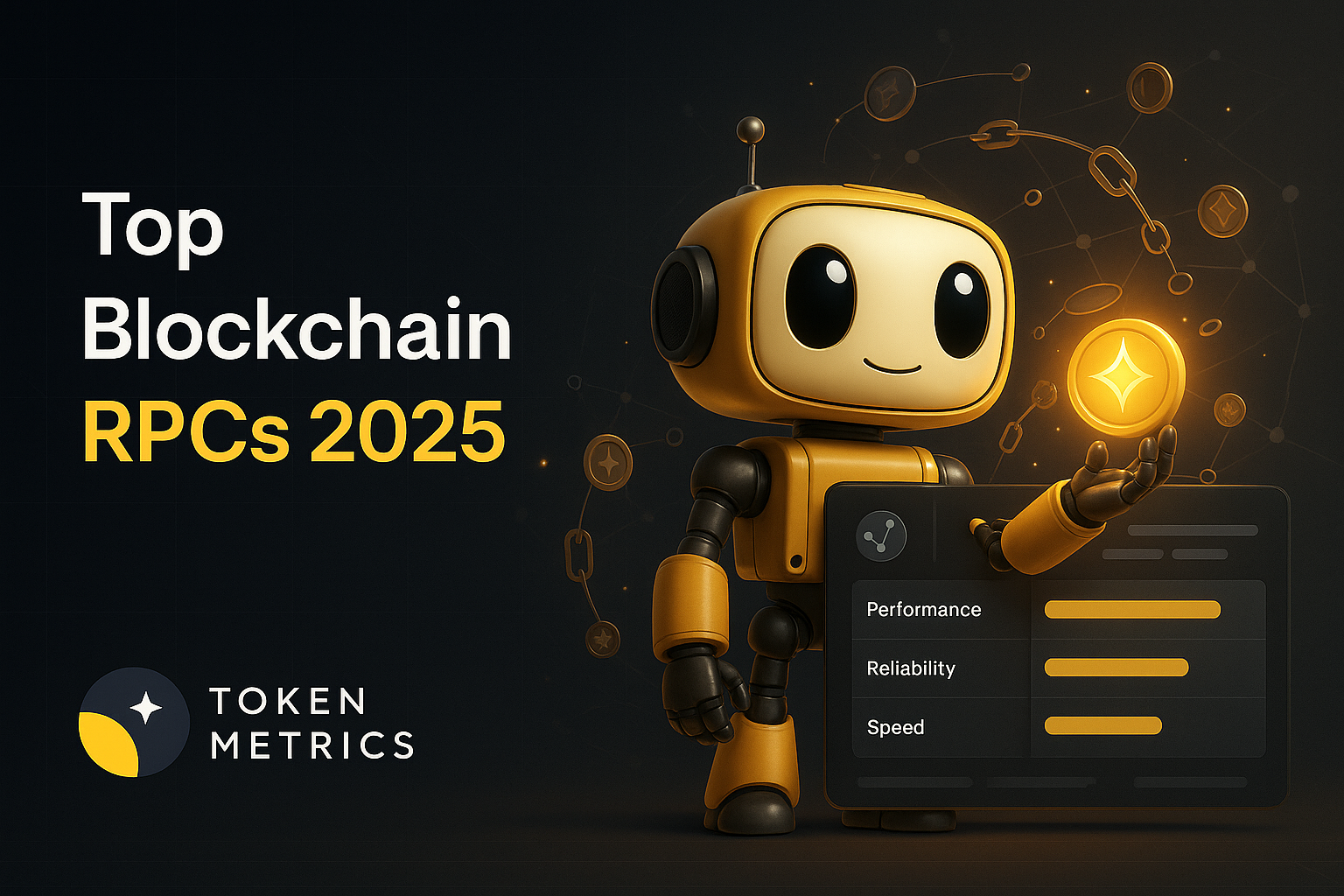
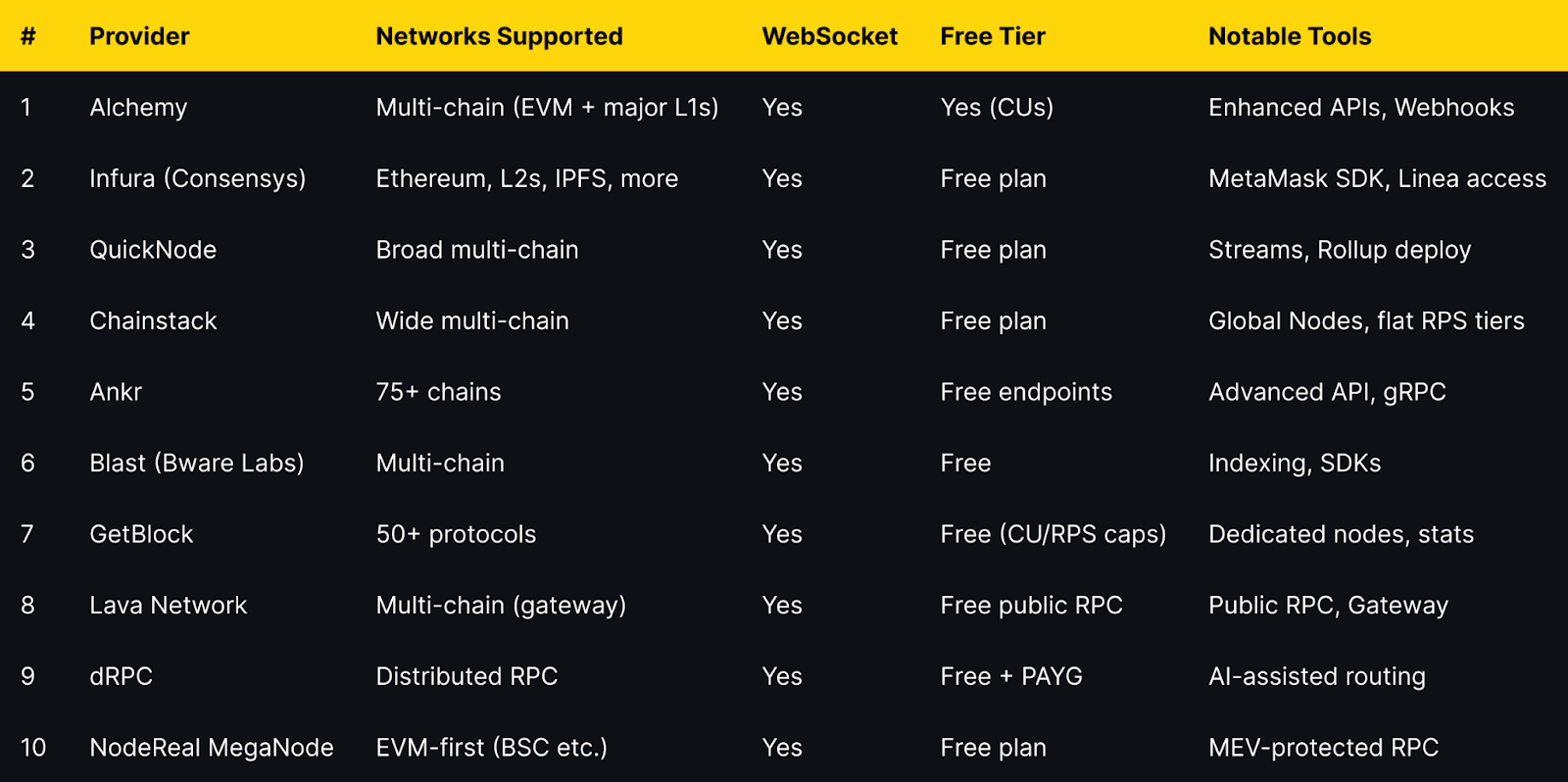

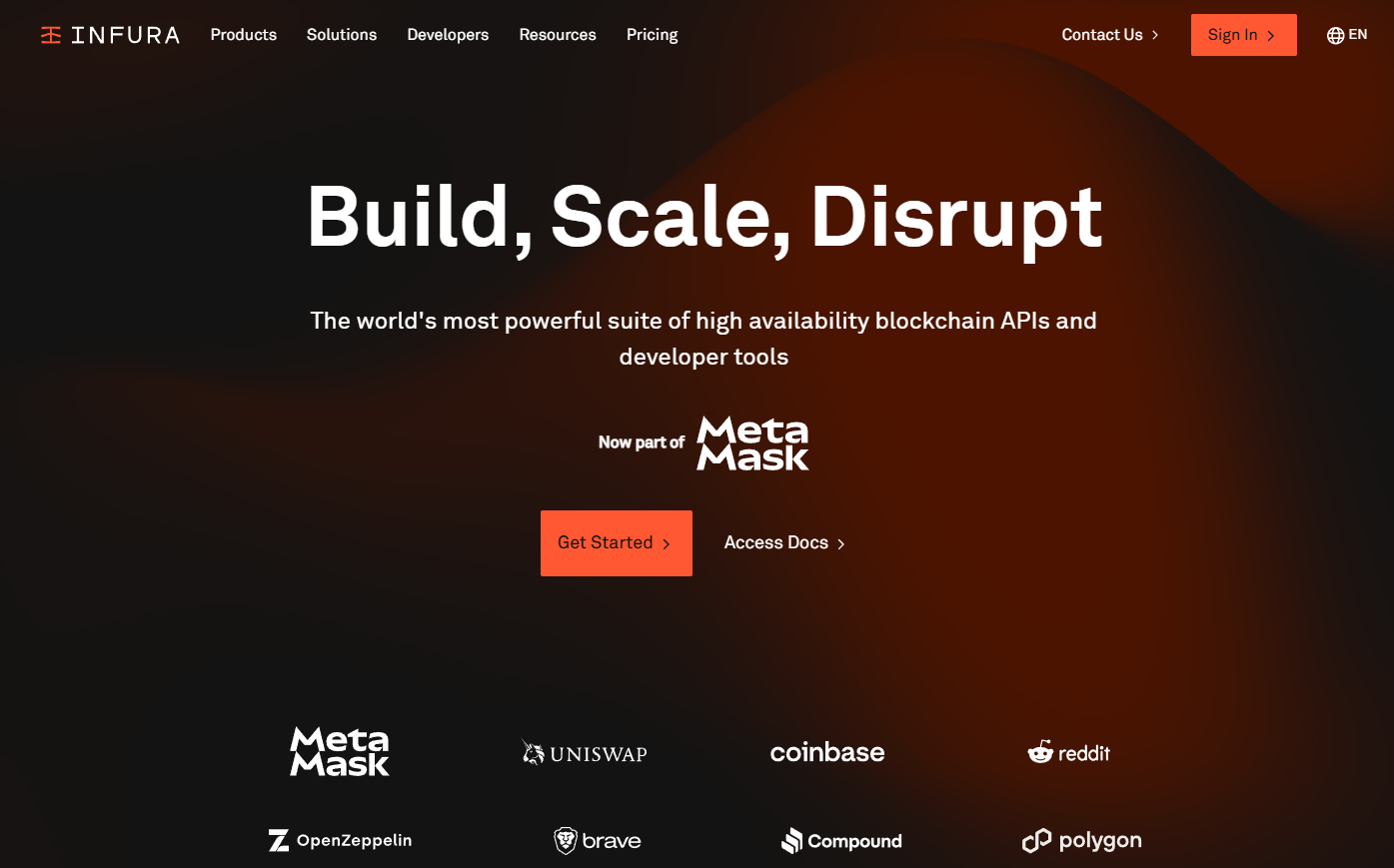
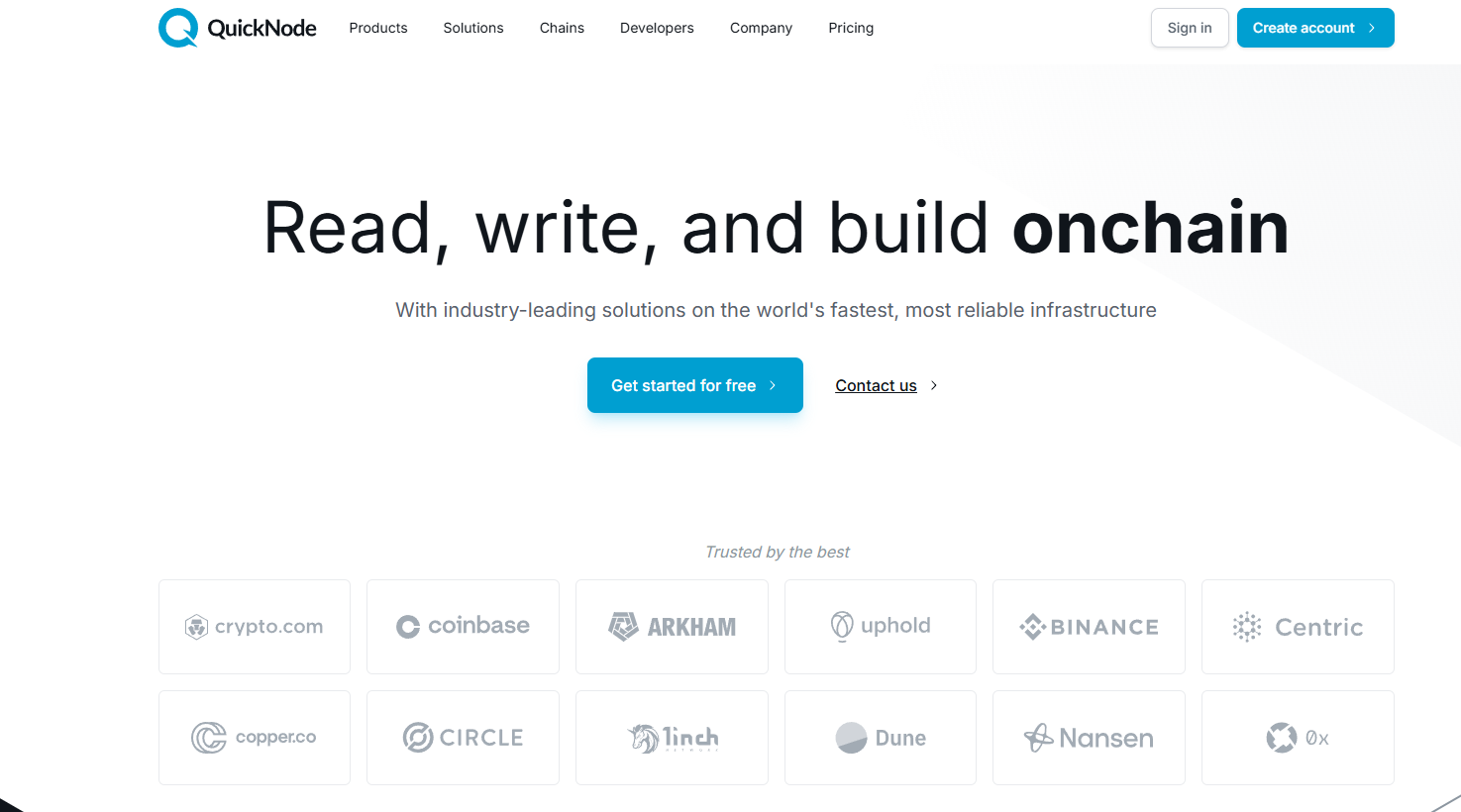












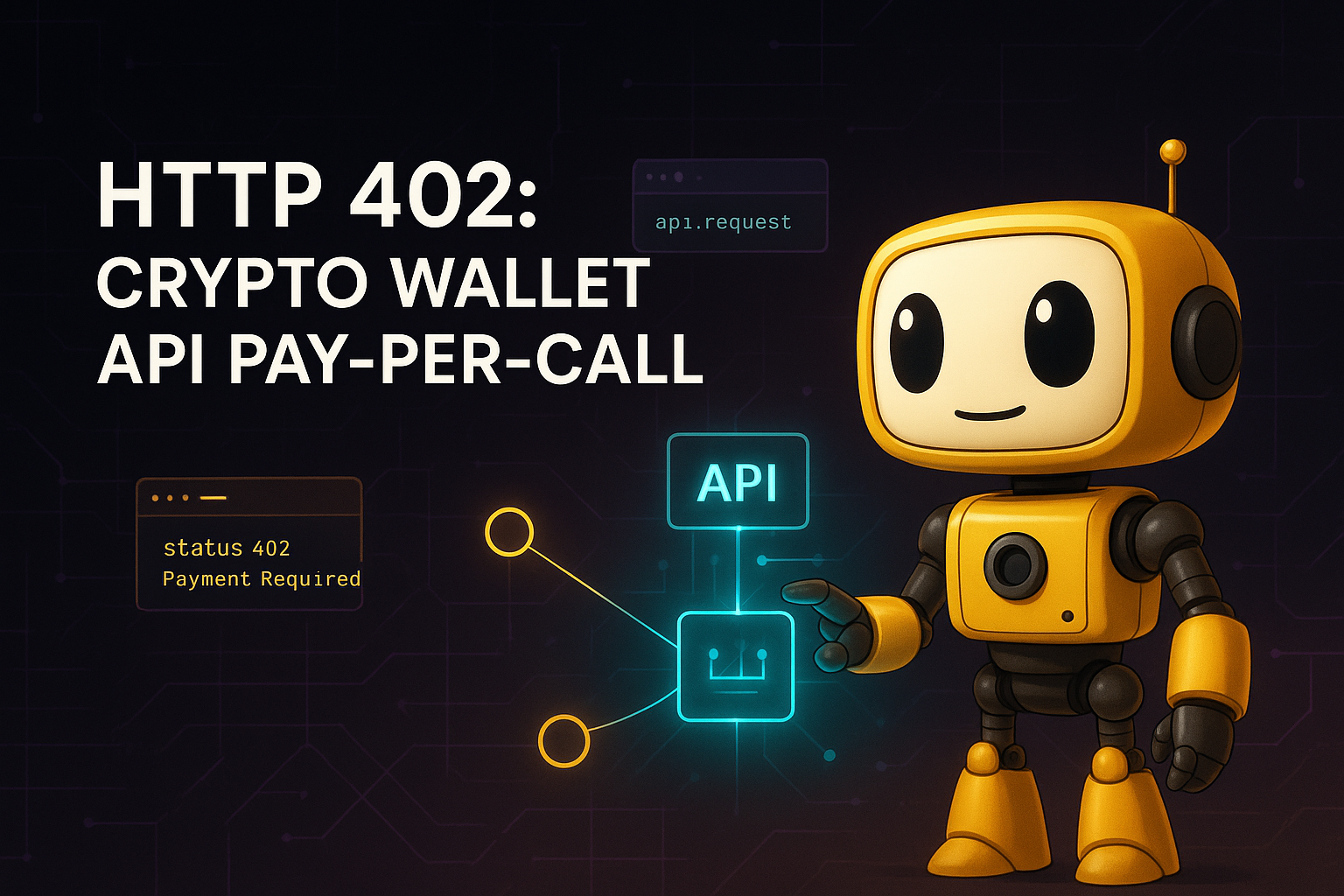








.svg)




.png)